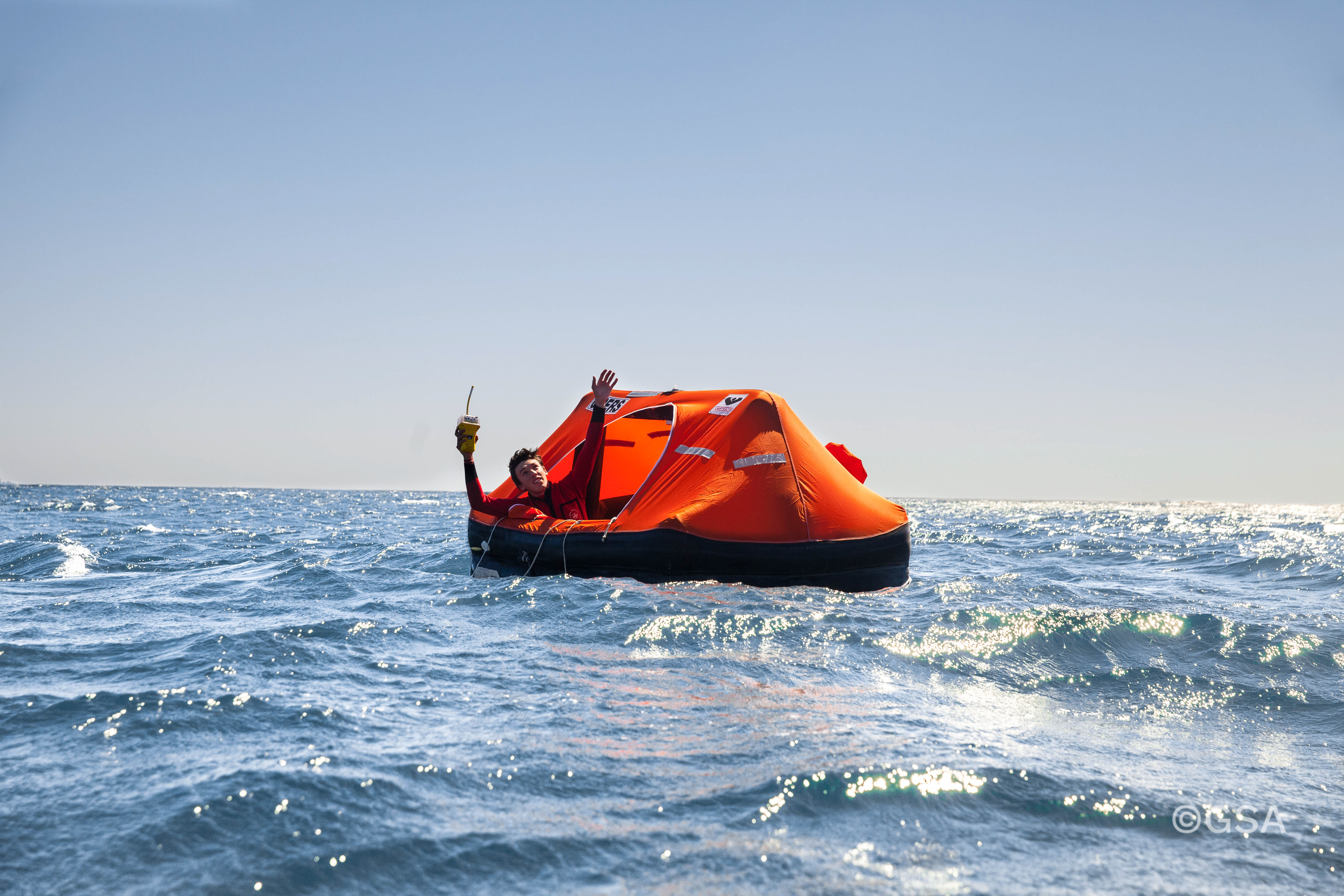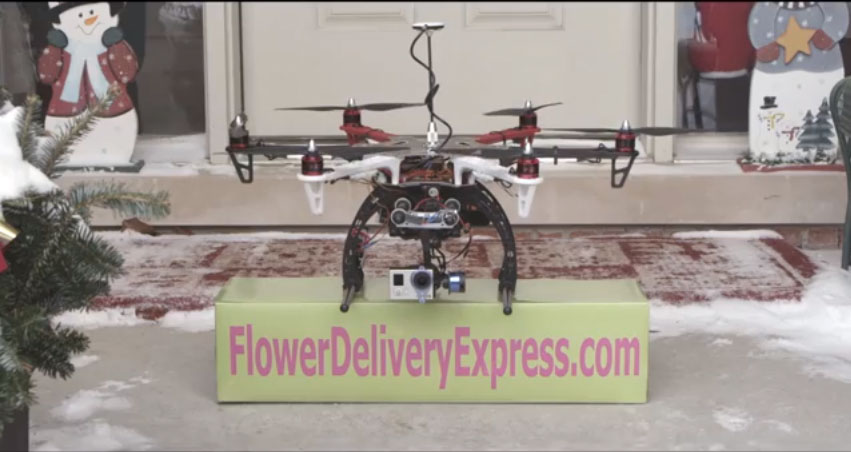The Galileo constellation took another big step towards full operational capability with the successful launch last month of four satellites on-board an Ariane 5 launcher. Representatives of leading industry that have adopted Galileo then held a special press briefing for journalists from across the continent to address updates on how European citizens and businesses are already taking advantage of benefits delivered by Galileo.
“This launch and the Galileo services that these satellites will help provide is testament to the European Union’s ambition to position itself as one of the world’s preeminent space powers,” said Matthias Petschke, European Commission Director of EU Satellite Navigation Programs, in a press release this week.
Driving this ambition is the European GNSS Agency (GSA), which is responsible for ensuring that the EU’s commitment to Galileo is translated into a return on investment for European citizens and businesses. “The GSA plays a unique role in linking space to user needs,” said GSA Executive Director Carlo des Dorides. “Whether it be through user consultations, funding research and development or monitoring the latest developments in GNSS applications and technology, the GSA is closing the gap between satellites like those launched today and the many services and applications they provide.”
Much of Galileo’s early success is the result of intense cooperation between the GSA and private GNSS chip and receiver manufacturers and service providers. After all, without Galileo-enabled chipsets and receivers, no one would be able to benefit from Galileo. “The partnerships that the GSA has built over the years with leading chipset and receiver manufacturers is a key asset, not only for the Agency, but for the entire European space program,” added des Dorides. “Because of these relationships, Galileo has been quickly incorporated into phones, wearables, cars, computing and IoT (Internet of Things) devices, allowing both citizens and businesses to enjoy the benefits that European GNSS provides.”
Voices from the Frontline
Representatives from several of these early adopters and innovative businesses were invited to share their experiences with using Galileo. Among them was global chipset manufacturer Qualcomm, a long-term partner of the GSA that is active in location based services for smartphones, wearables, computing, IoT and the automotive market segments.
In 2016, the company made headlines when it launched the Galileo-enabled Snapdragon smartphone chipset, which was used in the BQ Aquaris X5 – the market’s first Galileo smartphone. This year, Qualcomm also introduced a number of European GNSS (Galileo, EGNOS) capable automotive chipsets for Europe’s eCall system, the emergency response location initiative now mandatory in all new vehicle types sold in Europe.
With all of its models capable of receiving and using Galileo signals, Qualcomm sits as the world’s largest chipset manufacturer of Galileo-enabled receivers. “We sell approximately 800 million models with integrated GNSS every year and, since the end of 2016, all of our GNSS products are capable of receiving the Galileo signal,” said Francesco Grilli, vice president of product management at Qualcomm. “This means about 25 new Galileo receivers are sold every second.”
NovAtel is another long-time participant in Europe’s space and navigation programs. The company designs, manufactures and sells high-precision GNSS receivers, antennas and reference station receivers – all of which support Galileo signals. “Our goal is to take the signals from space and maximize their performance,” says Jason Hamilton, chief strategy officer at Hexagon Positioning Intelligence, NovAtel’s parent company. “It’s very exciting to see Galileo come to life, as its addition to the multi-constellation environment dramatically enhances what we can achieve with our products.”
“At NovAtel, we are always chasing our mission statement of ‘assured positioning – anywhere’,” added Sandy Kennedy, vice president of innovation at NovAtel. “We’ve been eagerly anticipating Galileo as it helps us adhere both to the ‘assured’ and the ‘anywhere’ aspects of this mission.”
Turning to the aviation market segment, Rockwell Collins has been a long-time supporter of the GSA’s efforts to develop European GNSS receivers for the global aviation sector. In 2014, the company’s flight management system and GNSS receiver enabled the first successful demonstration of advanced arrival and departure flight operations using EGNOS (via the EU’s FilGAPP airspace enhancement project). “In the commercial aircraft sector, Galileo gives aircraft the accuracy they need to increase positioning awareness and thus safety,” said Stephane Pelleschi of Rockwell Collins in a press release.
Delivering on its Mission
It is because of Galileo’s early adopters like Qualcomm, Hexagon Positioning Intelligence/NovAtel and Rockwell Collins that the GSA has been able to successfully deliver on its mission of bridging the gap between space technology and user needs.
“I would like to thank each of the early pioneers who supported our vision, saw opportunities in it and invested in Galileo from the beginning,” said des Dorides. “Because of your long-term commitment, today we can count nearly 60 smartphone models using Galileo, new car models using Galileo-enabled eCall, and 542 EGNOS-based approach procedures in 19 countries across Europe, to mention only a few of the European GNSS success stories. The provision of precise timing and positioning information for a wide range of applications translates into smarter, greener and safer services for European citizens and beyond.”






